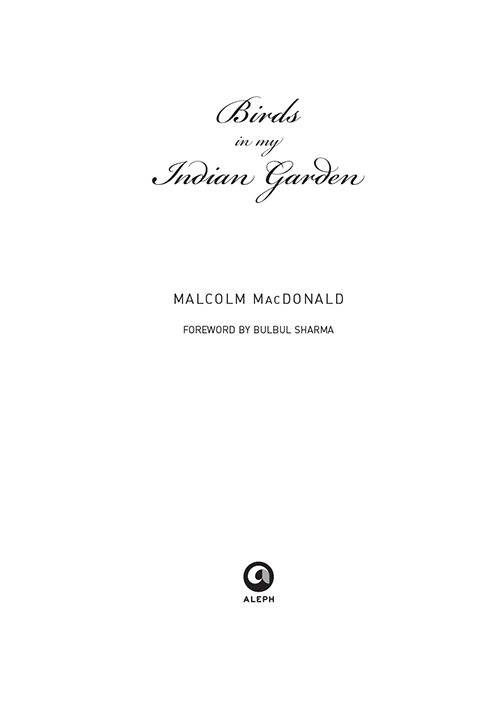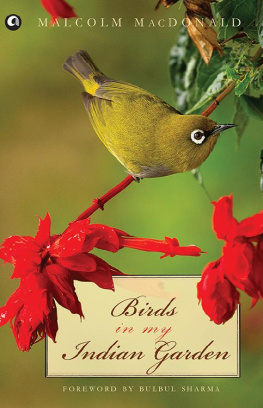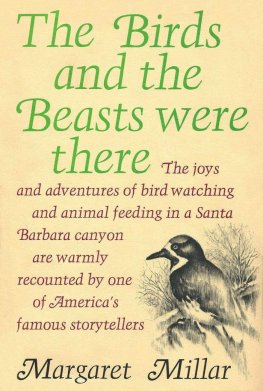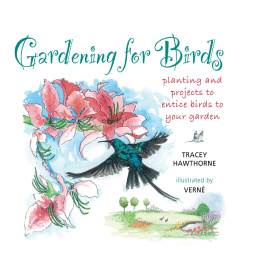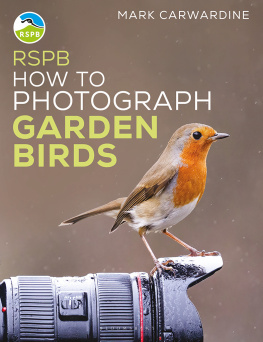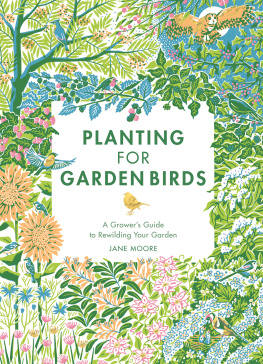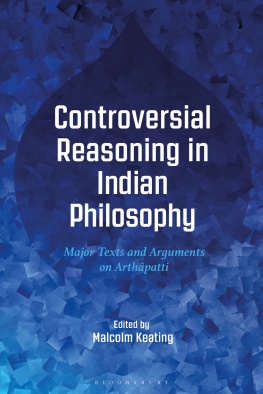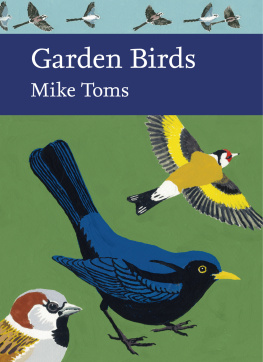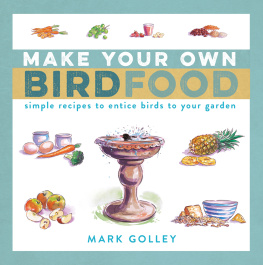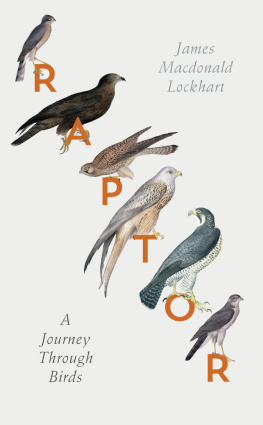ALSO BY MALCOLM MacDONALD
Canadian North
The Birds of Brewery Creek
Borneo People
Angkor
ALEPH BOOK COMPANY
An independent publishing firm
promoted by Rupa Publications India
First published in India in 2015 by
Aleph Book Company
7/16 Ansari Road, Daryaganj
New Delhi 110 002
Copyright The estate of Malcolm MacDonald 2015
All rights reserved.
No part of this publication may be reproduced, transmitted, or stored in a retrieval system, in any form or by any means, without permission in writing from Aleph Book Company.
eISBN: 9789384067106
This book is sold subject to the condition that it shall not, by way of trade or otherwise, be lent, resold, hired out, or otherwise circulated without the publishers prior consent in any form of binding or cover other than that in which it is published.
CONTENTS
FOREWORD
One fine morning in 1916, a bird-watcher wrote in his diary Bright sunbirds flit from bloom to bloom, now hovering in the air on rapidly-vibrating wings, now dipping their slender curved bills into the calyces. On the lawns wagtails run nimbly in search of tiny insects, hoopoes probe the earth for grubs, mynahs strut about, in company with king-crows
Not much had changed from the time Douglas Dewar wrote about the birds of northern India when almost fifty years later another bird-watcherMalcolm MacDonaldobserved them in his Delhi garden. The birds behaved with the same joyous spiritsinging, carrying out complicated courtship rituals and nesting chores and he noted each task with a keen eye.
Delhi has always been a bird-watchers paradise and every garden in Delhi has its resident population of birds. A small patch with just a single flower-bed or a vast, rambling garden with old trees or a balcony with a few flowerpots will all attract a large number of birds throughout the year. In my garden, which was as wild and unkempt as a jungle, I could see around 40 species of birds in a week. Not very far from my disorderly garden was a beautifully kept, flower-bedecked garden to which many birds, made their way when they needed a fine dining experience; each one of them was greeted warmly by their host and made to feel very welcome.
Malcolm MacDonald, who was the UK High Commissioner in India in the 1950s, spent more than three years watching birds in this garden which had neatly laid out flower-beds, old trees, vast lawns and a goldfish pond. In 1959, the garden must have been exactly the same as it is todayonly the name of road has been changed from King Georges Avenue to Rajaji Marg.
The new name of their residence does not seem to bother the parakeets and they still perch on the old trees; below them energetic mynahs quarrel on the green lawn but they must all miss the presence of their friend who recorded their lives so faithfully in such graceful, witty words.
Bird-watchers are famous for their patience in the field where they often stand in muddy swamps or dusty fields for hours to watch birds, but not many have Malcolm MacDonalds patience to meticulously note each habit, each twist of the wing or turn of the beak. I have been watching birds for twenty years but never noticed how ardently the male parakeet woos and serenades his chosen mate. How many hours of close observation of the courting couple and their nesting site must have been needed to note down all the tiny, interesting details! After reading Malcolm MacDonalds description, I now look at the male parakeet with more respect.
Delhi, with its amazing and varied population of both resident, and migratory birds, has always been fortunate enough in having many keen bird-watchers observing and noting every detail of their nesting, breeding and feeding habits. The keen observations of A. O. Hume, the founder of the Indian National Congress, C. T. Bingham, Douglas Dewar and C. L. T. Marshall formed the basis of several noteworthy books. In 1920, Basil-Edwardes made copious notes about birds he had seen in New Delhi, which was being built at that time. These notes formed the first checklist of birds of Delhi and were published in the Journal of the Bombay Natural History Society in 1926. Later, from 1942 to 1948, many other ornithologists, most of them British, made detailed notes about the birds of Delhi. In May 1950, the Delhi Birdwatching Society was formed where enthusiastic Indian and British members exchanged notes and wrote accounts of their field observations. Usha Ganguli, a keen bird-watcher and a friend of Malcolm MacDonalds, writes in her book Birds of the Delhi Area : Malcolm MacDonald, former UK High Commissioner (is) the author of two delightful books on the birds of Delhi, whose notes on these birds I have freely used.
As Delhi expands at a breathless rate and green habitats disappear under highways and buildings, the birds have to find new ways to survive. What is very reassuring is that Malcolm MacDonalds observations made over half a century ago have not yet become a mythical story. Hundreds of parakeets still fly to and from their feeding sites, forming green clouds in the skies of Delhi. Gardens and parks, however crowded with people and frantic traffic noise, still offer a safe shelter to many birds, which have now become clever enough to cope with the chaos of the city. Some like sparrows and vultures are having a tough time but they manage somehow to carry on. Like true Delhi residents, birds know where to seek abundant food, cool spots in summer and sunny patches in winter. Fortunately, many of the old neem and tamarind trees planted by the British have survived, and together with the new flamboyant flowering species which flourish next to them, offer safe haven to birds.
Birds are not fussy about which tree they perch on as long it has fruits, buds, flowers and a steady supply of insects. We should all feel grateful that nothing much has changed since the time Malcolm MacDonald sat and watched birds in his garden in 1959, noting that, This remarkably assorted company of winged creatures visit the place, and feed, flirt, and rear young families there regardless of the fact that just beyond the garden wall motor-cars, buses, horse-traps, cyclists and pedestrians swarm noisily along the busy thoroughfare called King Georges Avenue. Among its other pleasing attributes, Delhi is a naturalists paradise.
May it remain like this for many years to come.
June 2015
Bulbul Sharma
New Delhi
AUTHORS NOTE
In the perpetual protocol of a diplomats life, duty (unfortunately) should always take precedence over pleasure; and my work as a High Commissioner in India almost invariably kept me occupied from eight oclock in the morning until midnight. So my bird-watching had to be confined in time largely to two hours before breakfast each day, and in space mostly to my garden. Luckily, birds are at their liveliest at dawn, so I managed to see some interesting episodes in the careers of many attractive creatures. I watched them through the years 1957, 1958 and 1959. As I wrote the manuscript of the volume in 1959, the term this year in the book represents that twelve months.
I am especially grateful to Indias famous ornithologist, Dr Salim Ali, for reading the manuscript of the book and offering some useful suggestions. I also express my thanks to many friends who helped in the spotting of nests, to others who lent me their counsel, to a tireless team of workmen who built countless hides, and to my bearers who often stood guard over those hides day and night. With most painstaking kindness Mrs Usha Ganguli prepared the list of Latin and Hindi names on which the index of the book has been based.
